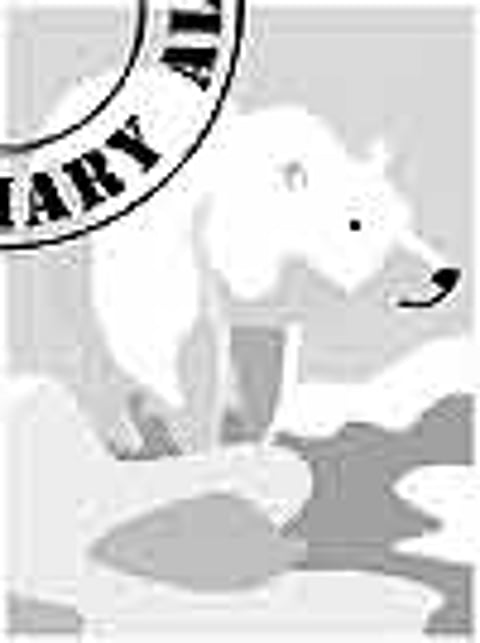Having decimated the sea-otter population (each pelt sold for $1,000 in today's prices), the Russians sold Alaska to the Americans for $7.2 million in 1867. The US secretary of state then was accused of having been taken for a ride. A few years later, gold was discovered, and a single mine was producing as much in a year. Gold was followed by a series of booms in timber, copper, fishing and oil. All of these had their impact on the environment. But by and large, helped by Alaska's size and a growing awareness, this unique environment has survived. An active participant in this story is a jovial octogenarian who must be one of Alaska's longest-term Indian residents, Dr Y.R. 'Mohan' Nayudu, a marine geologist who served several state agencies and was an advisor to the governor. Dressed in a track-suit and baseball cap when I first met him in the ferry dining room, Mohan told me he was one of the first Indians to have travelled abroad on a passport issued by independent India, setting sail on August 17, 1947. He also used to share a room with P.V. Narasimha Rao in Fergusson College, Pune.
Soul Ferry

Show comments